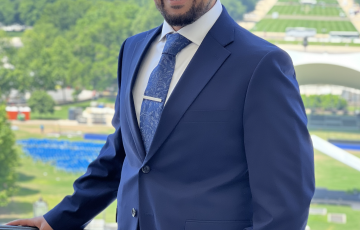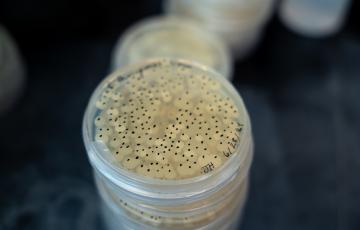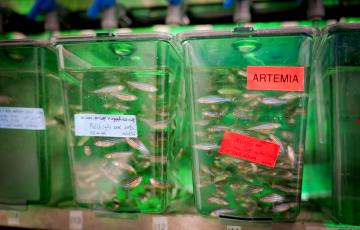Olivia Pares leads research and education project in Puerto Rico

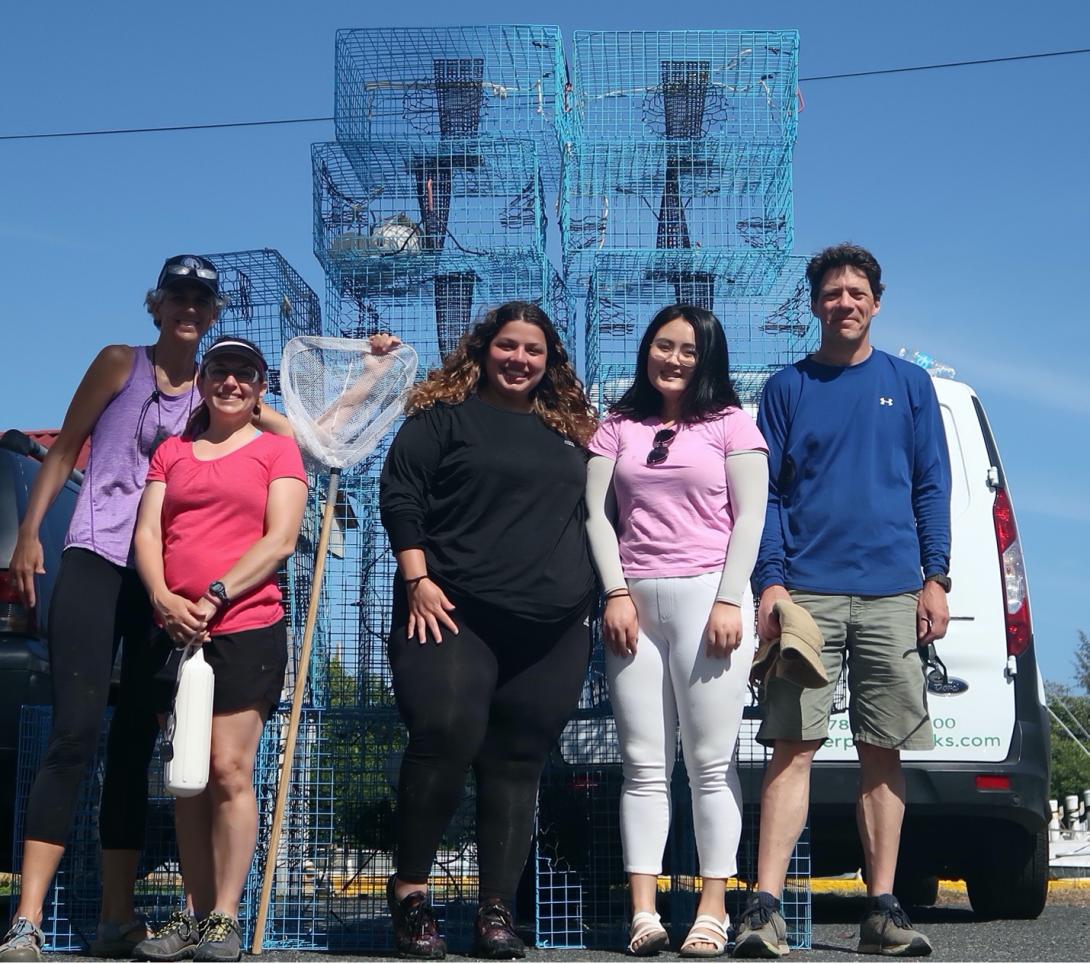
While the past year has taught many people how much can be accomplished through virtual learning and experiences, it has also highlighted what is lost without hands-on projects and in-person collaborations. Over the past year, Olivia Pares, who is a student with Dr. Eric Schott and a NOAA Living Marine Resources Cooperative Science Center fellow, has met with high school students located in Baltimore and San Juan, Puerto Rico by video calls and helped them develop independent research projects. In April, while following public health guidelines, the Schott Lab was at last able to meet the students and do field research. From demonstrating research methods to snorkeling and chance encounters with new collaborators, this trip was an exciting reintroduction to the world of science without screens.
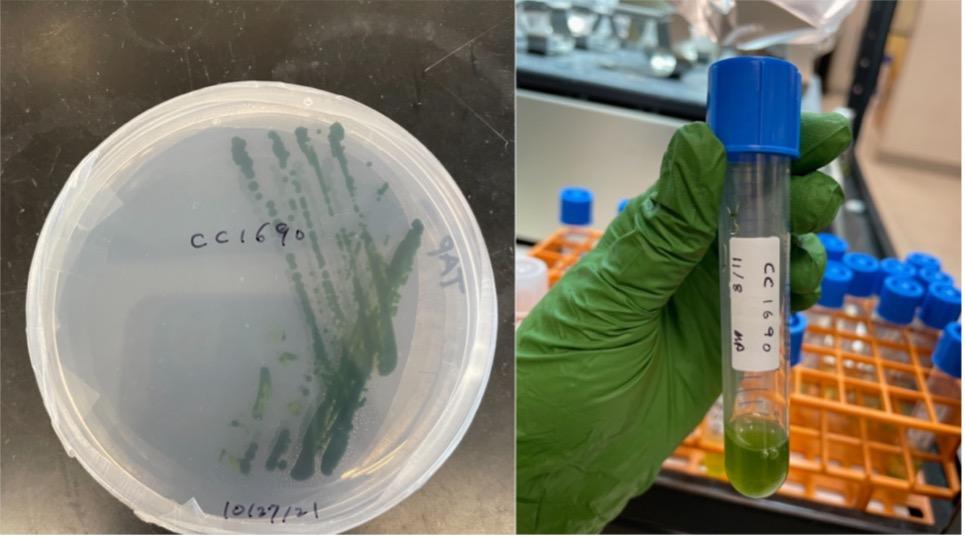
Olivia, who grew up in Puerto Rico, developed a relationship with two high schools near San Juan and connected them with a club at the Park School in Baltimore. Students from these two cities, as well as from Churchill, Canada lead research projects as part of the International Student-led Arctic and Estuarine Monitoring and Research program (ISAEMR). In Puerto Rico, the students are studying crabs and sessile organisms. One student at the San Juan Math, Science, and Tech School named Luis Muñiz works closely with Olivia to sample mud crabs. He has learned to identify different species of crabs and has helped Olivia to test whether mud crabs in Puerto Rico host the virus CsRV1, which is already known to infect blue crabs. He is growing as a scientist and she is incorporating his data into her thesis research.
During the trip, Olivia, and her labmate Mingli Zhao led the students and their teachers through a variety of hands-on sampling techniques. They demonstrated how to dissect a crab, put out biodiscs, which are used to collect samples of biofouling organisms, and distribute baskets to collect small crab species. Olivia said, “I think that the best part was when I saw Luis put out the biodiscs because we were talking about it for so long and now he could actually do it.”
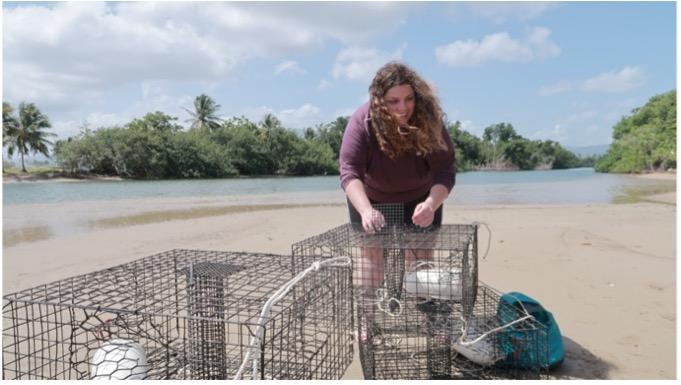
Experiential activities are a vital part of science education as many young students are inspired to pursue STEM careers after being exposed to lab and field work. Olivia became interested in marine science in part because of her experiences swimming around Puerto Rico and observing the organisms that live there. She is passionate about her current work with ISAEMR because it provides an opportunity for students to be exposed to science research and develop as leaders. “Students in Puerto Rico don’t always get exposed to a lot of science,” Olivia said. “I think ISAEMR can do that, so I want to expand it to have more students participating, including students of different backgrounds and capabilities.”
Olivia will continue to work with students in Puerto Rico and demonstrate techniques for data collection. During this recent trip, she even established a new research collaboration after having a chance encounter with two ecologists - yet another benefit of being there in person. In between trips, she will continue to meet with the students in Baltimore and Puerto Rico online. ISAEMR’s ability to connect students separated by many miles demonstrates virtual engagement at its best. Moving forward, students will be able to benefit both from video chats that connect them with each other and with advisors across geographic divides and from hands-on experiences that inspire enthusiasm for and skills in science.
This research is funded by NOAA’s Living Marine Science Cooperative Science Center and NSF.
